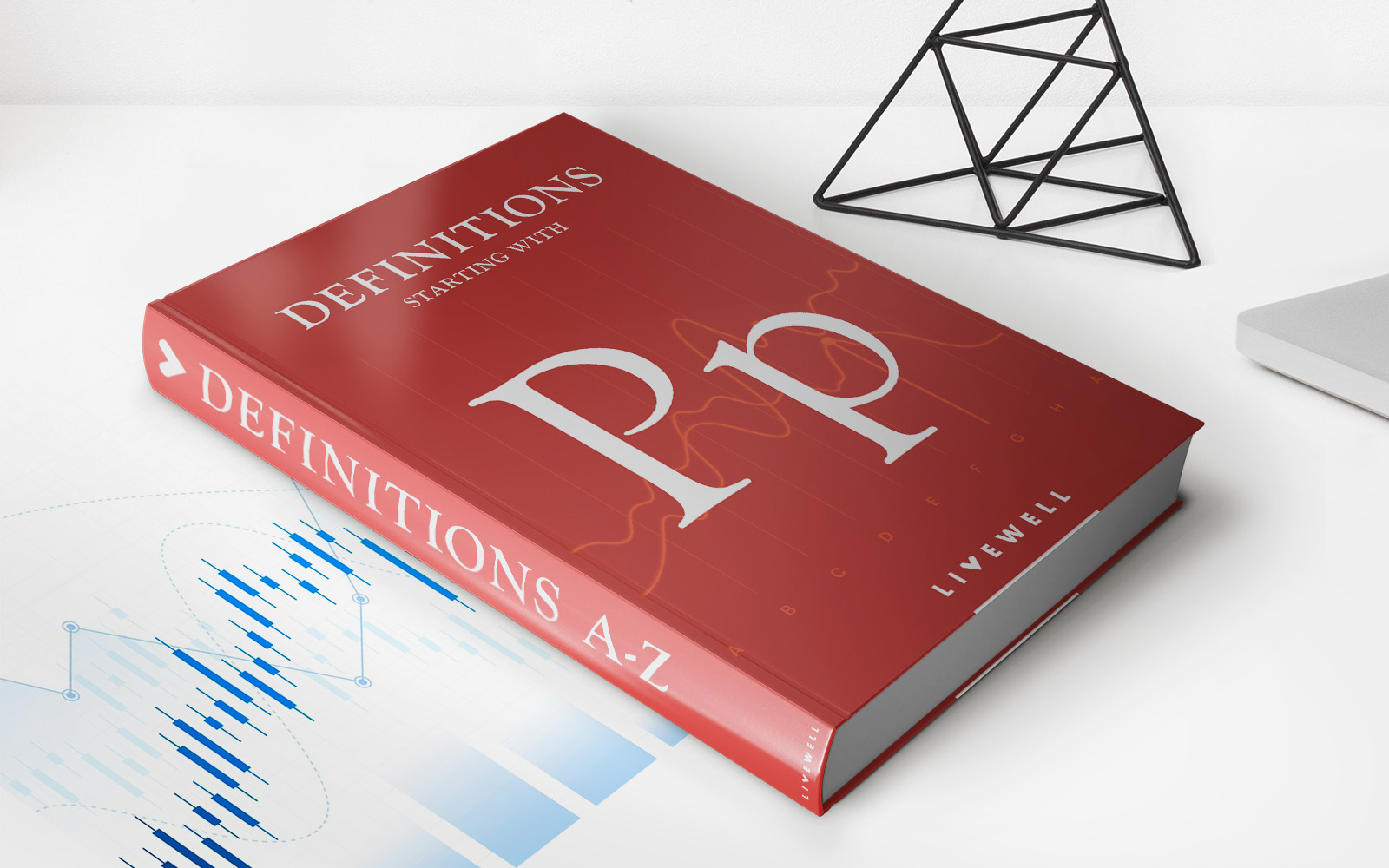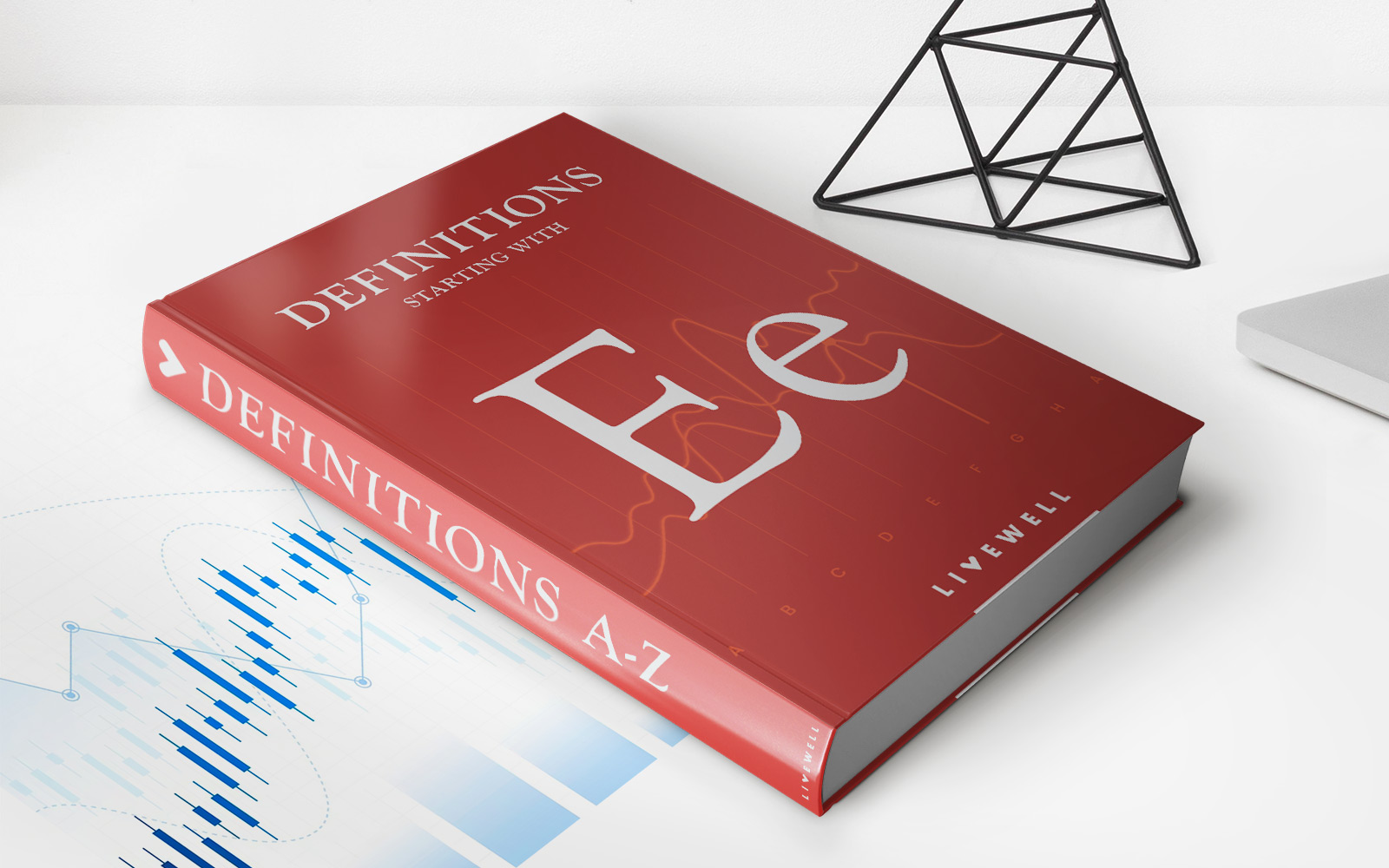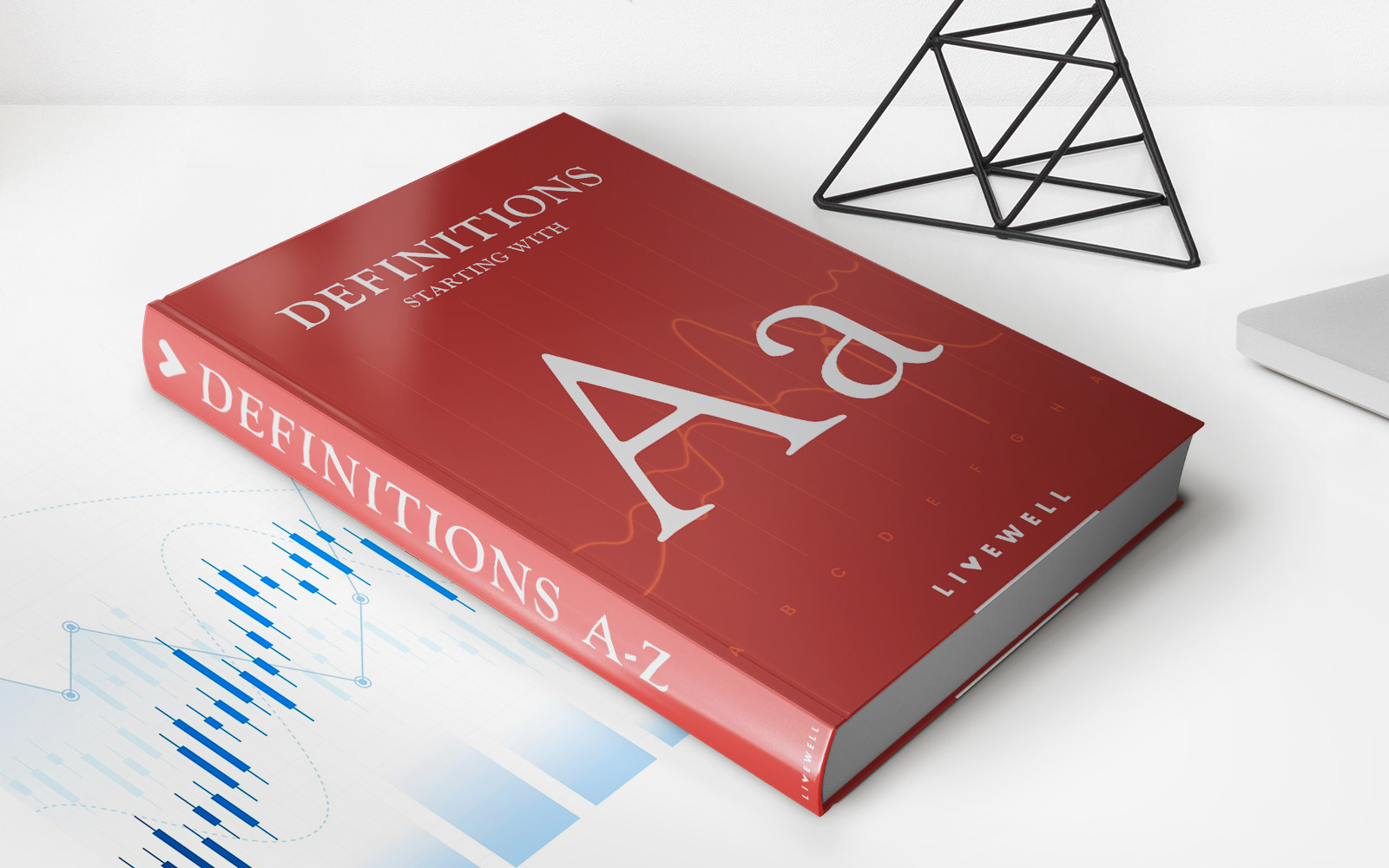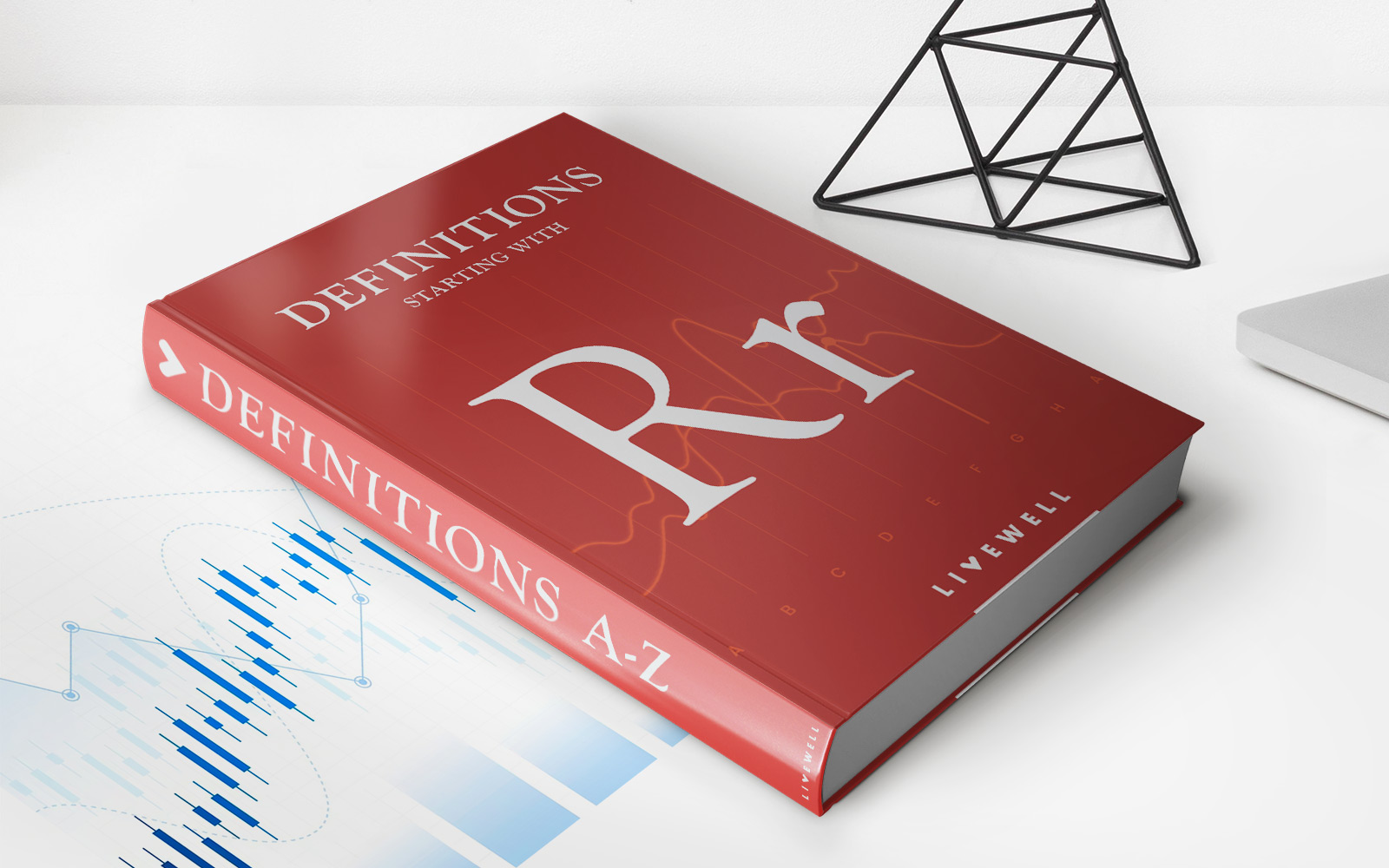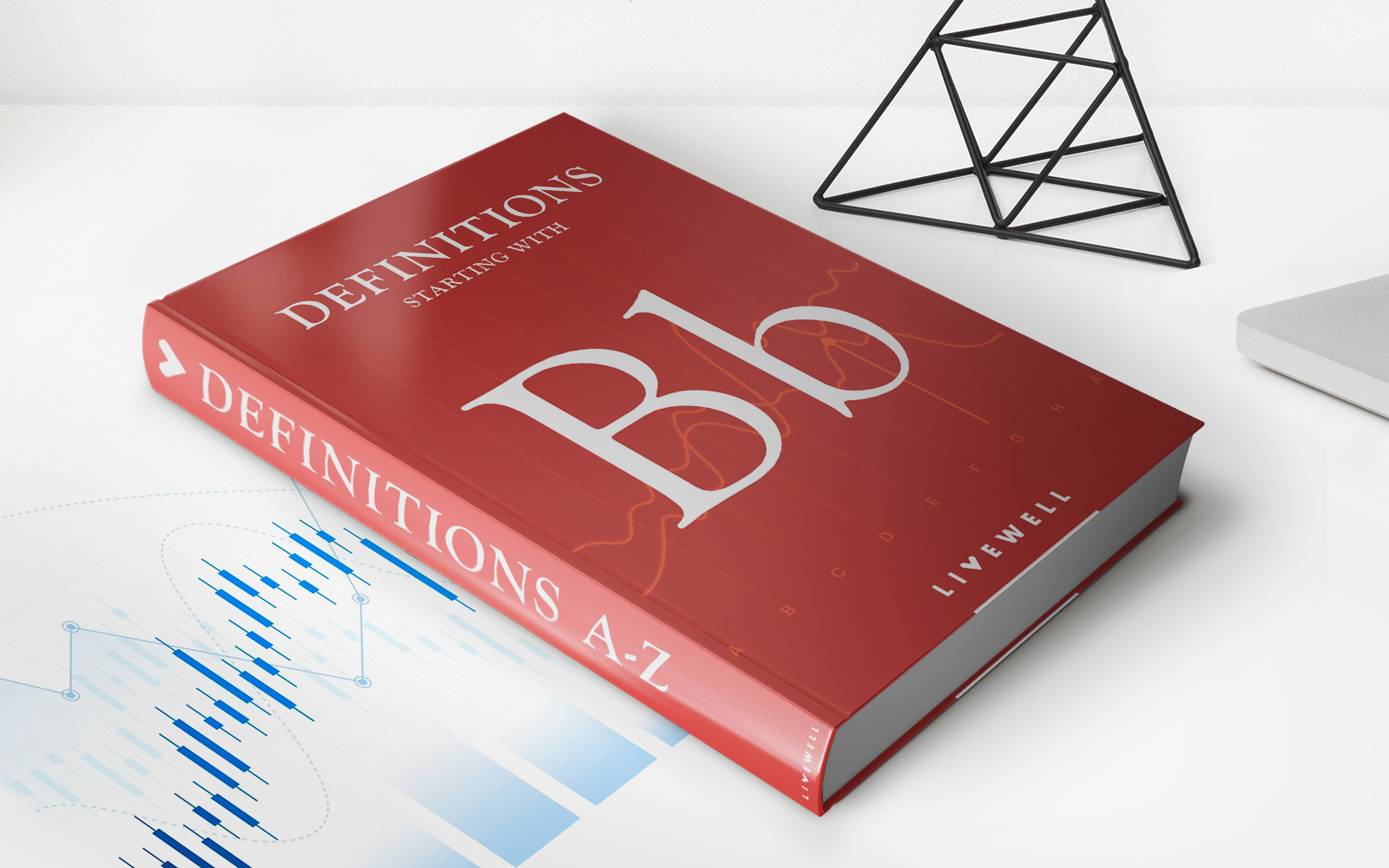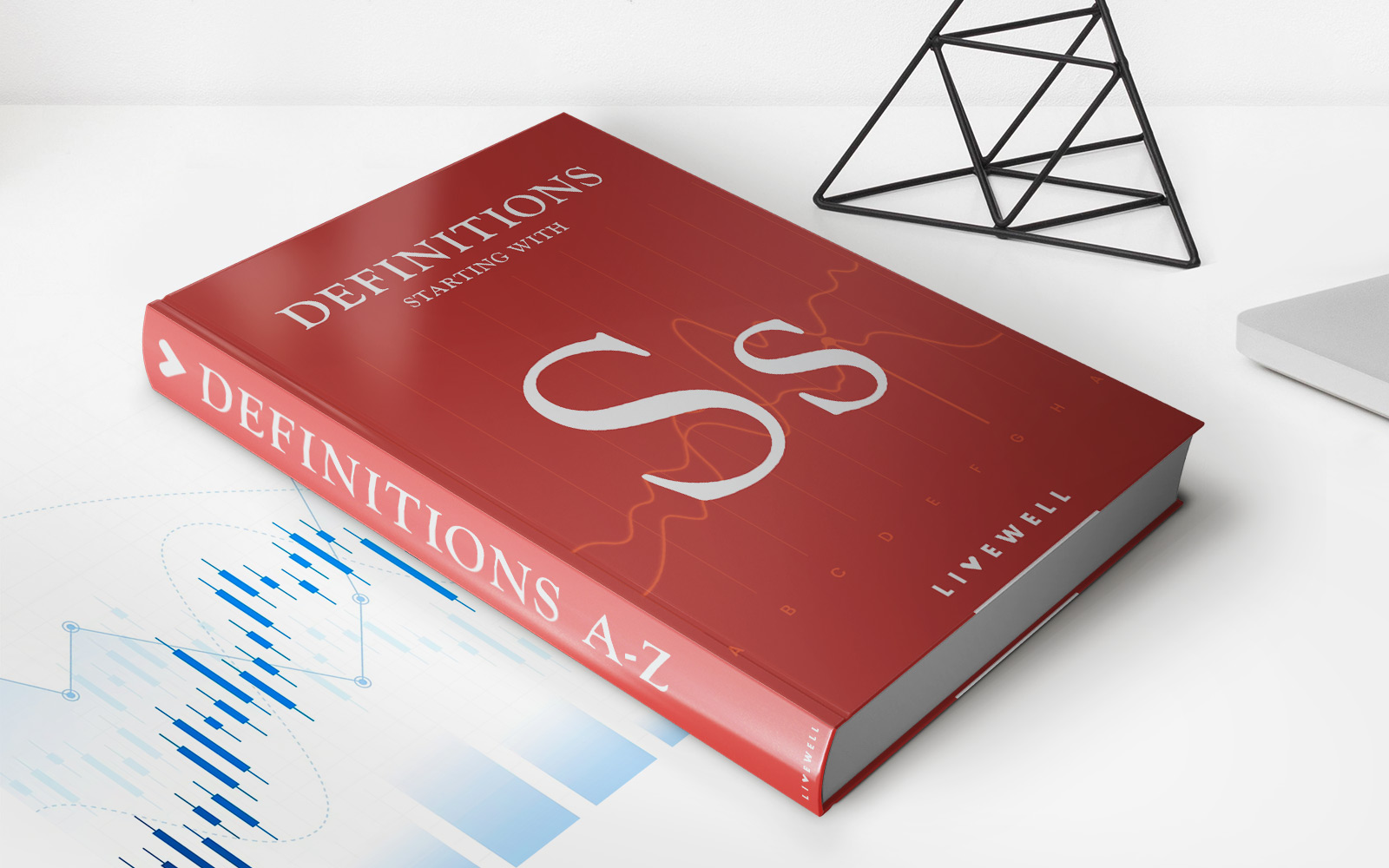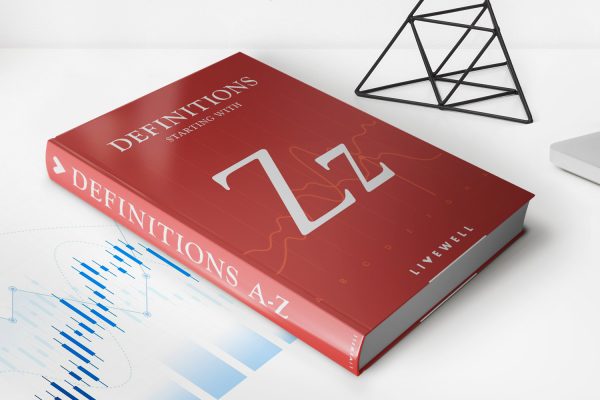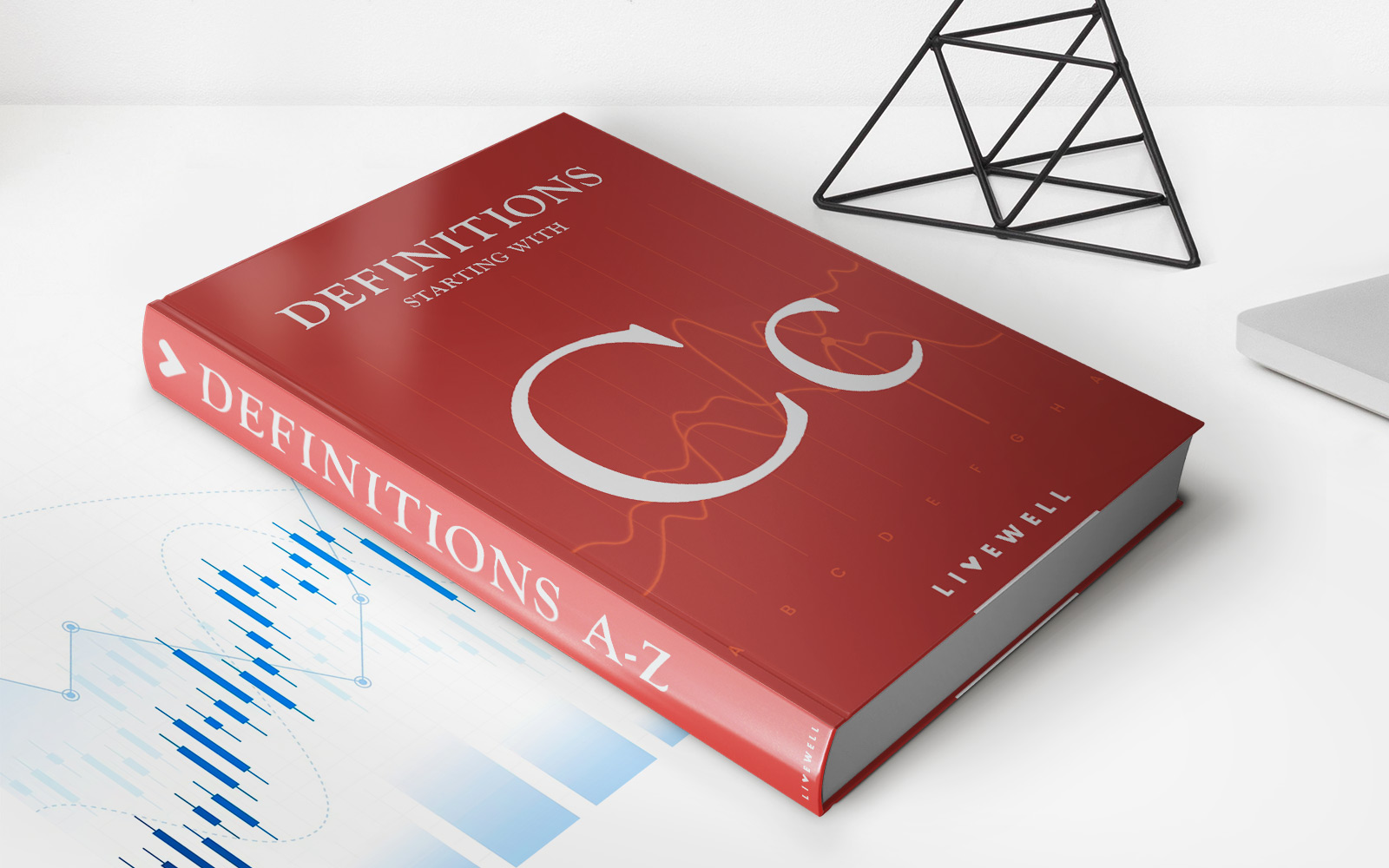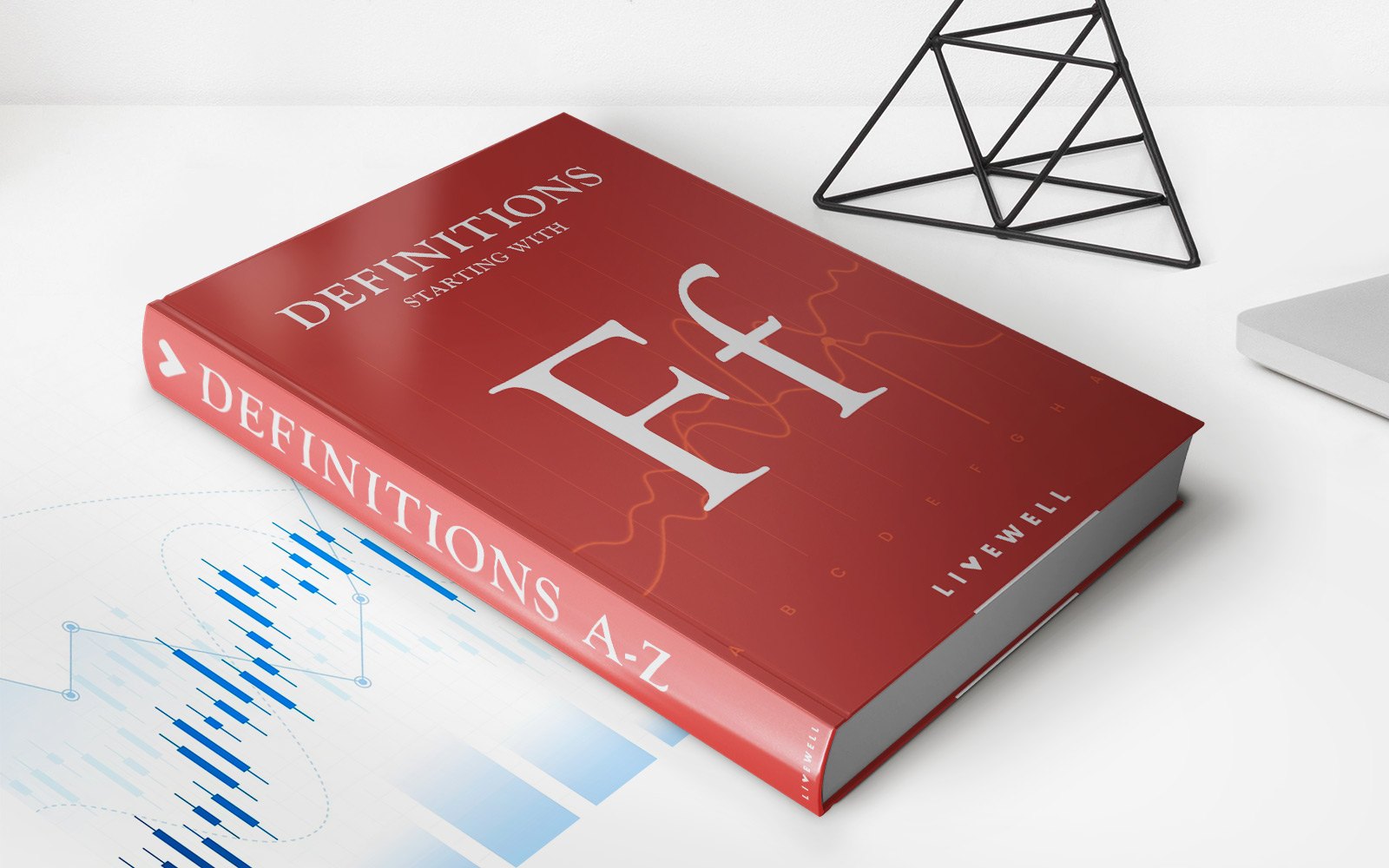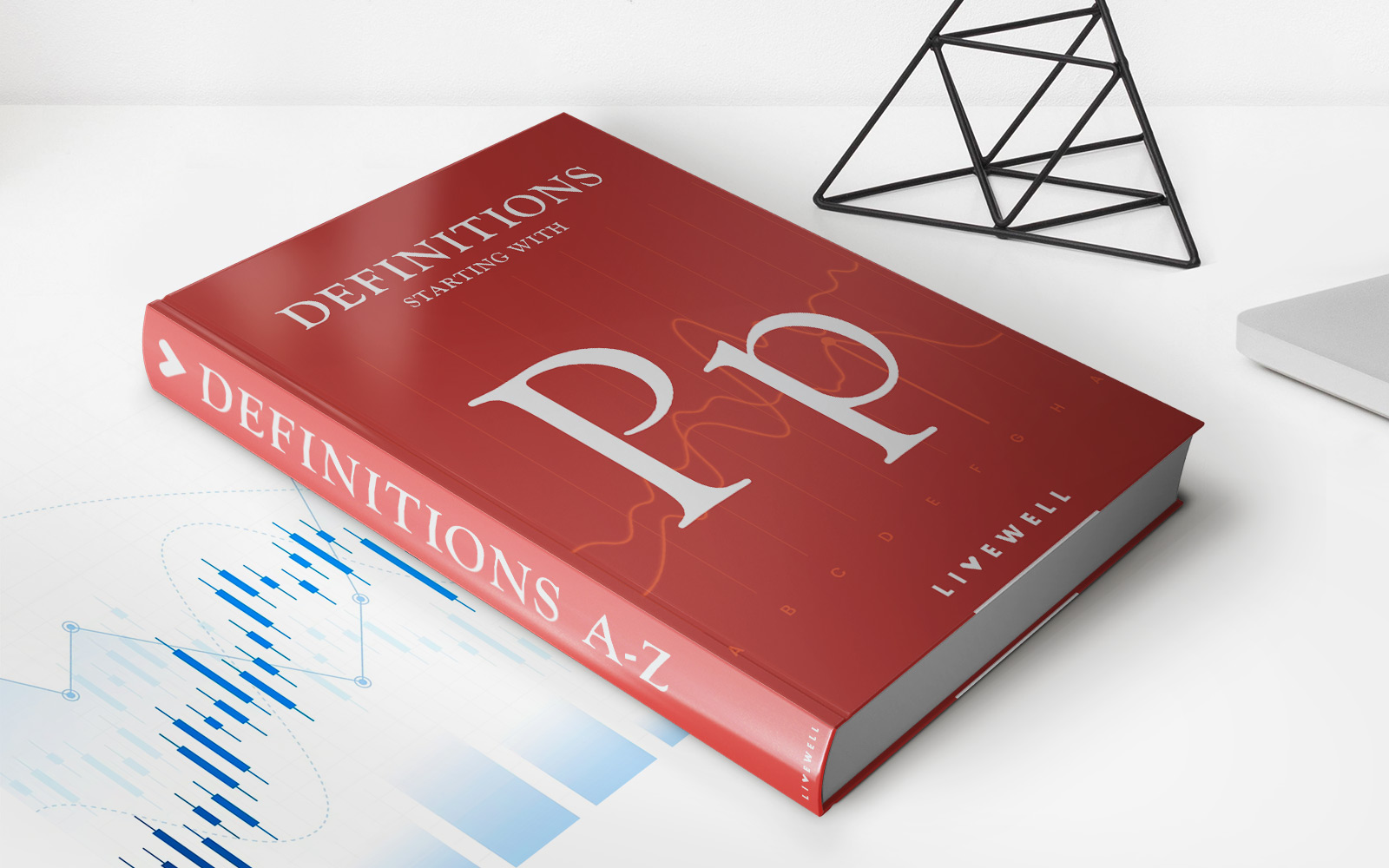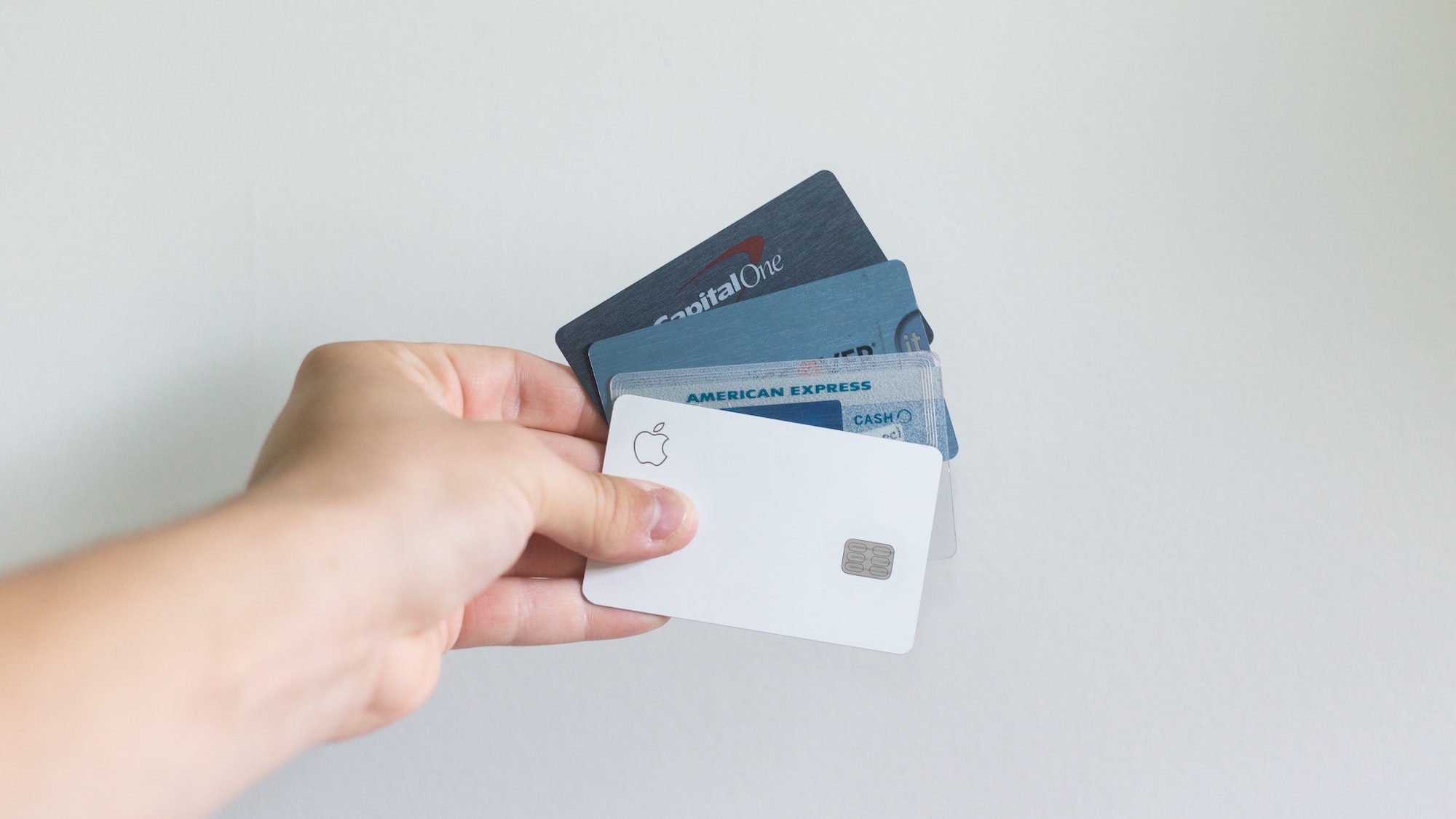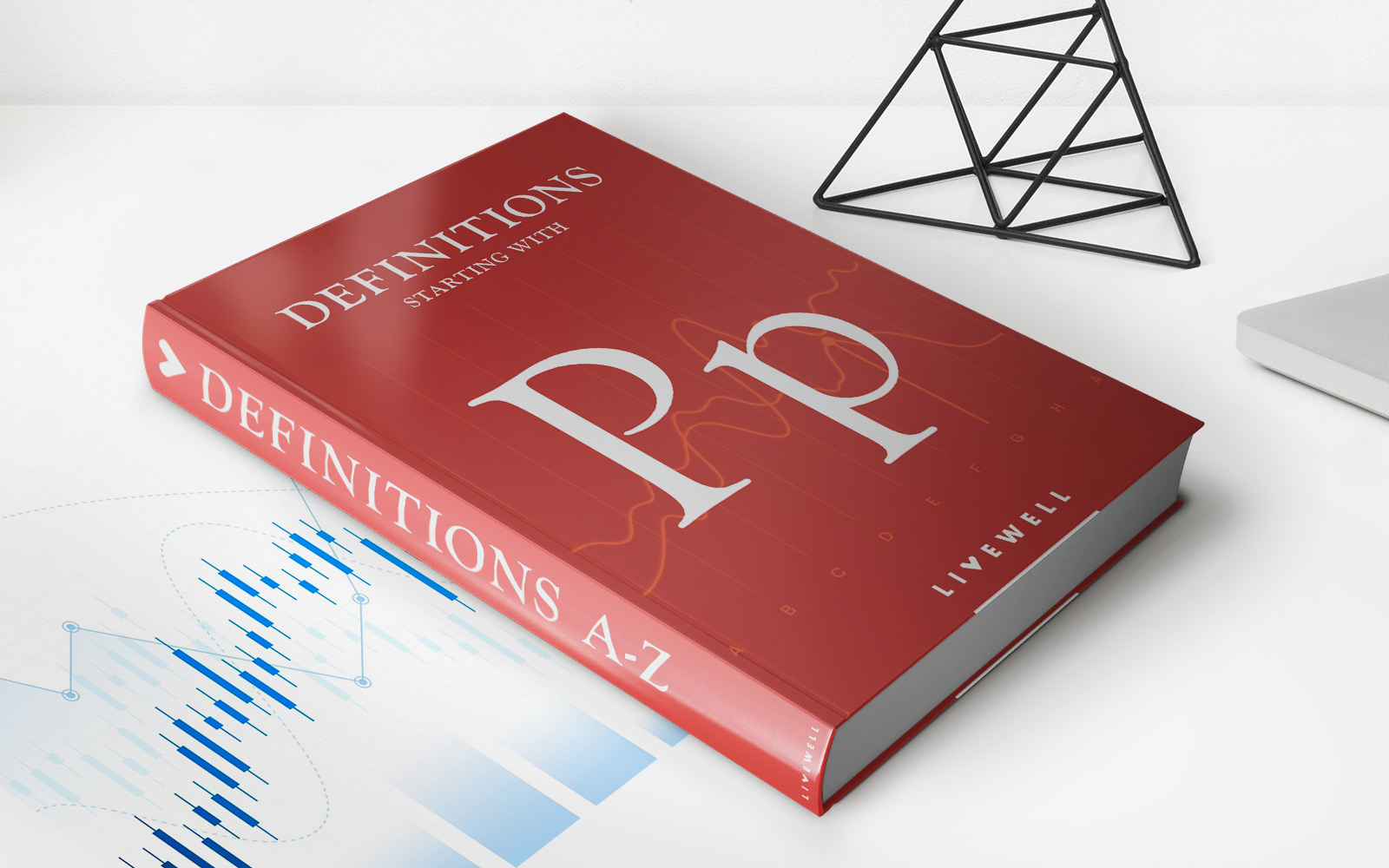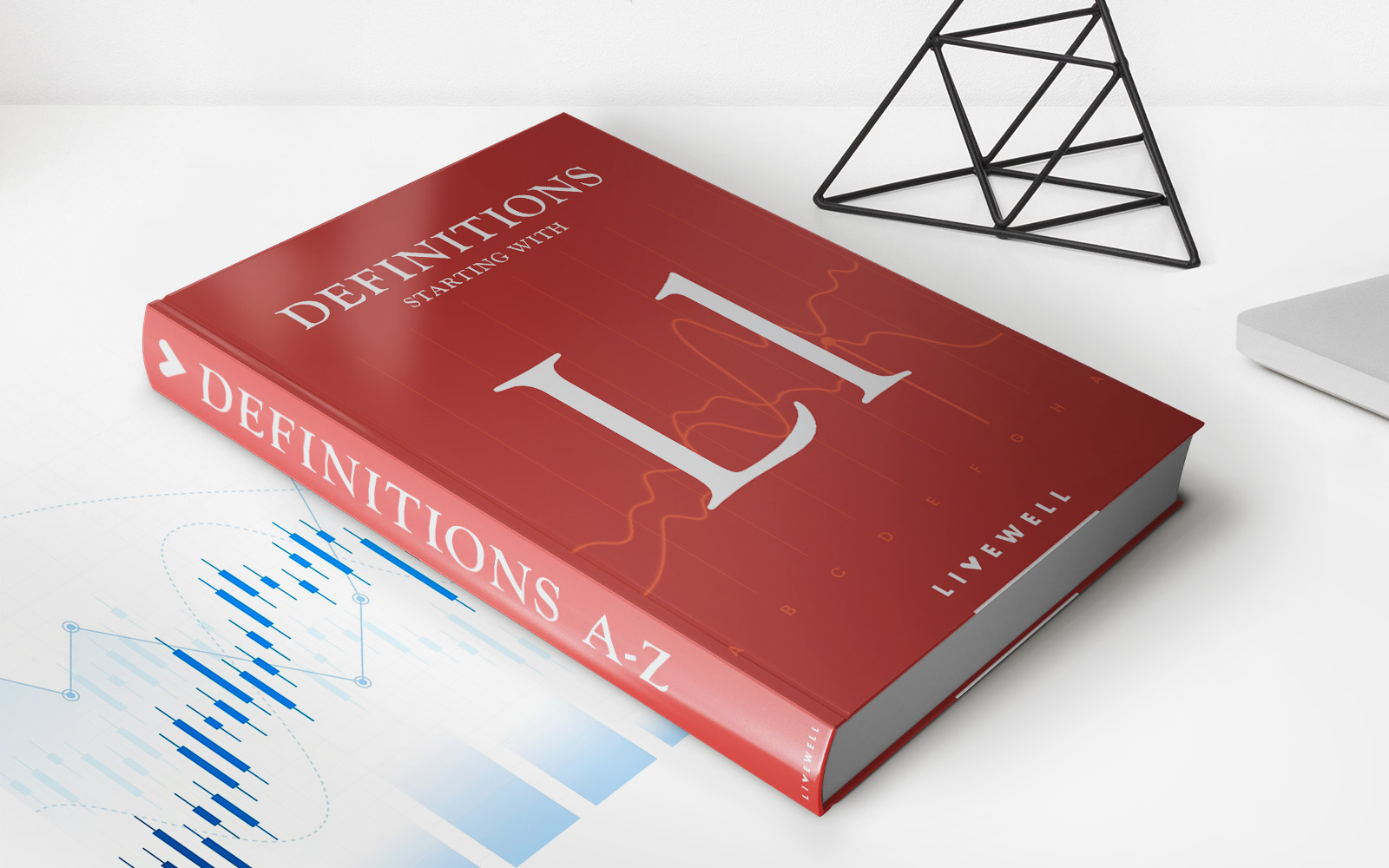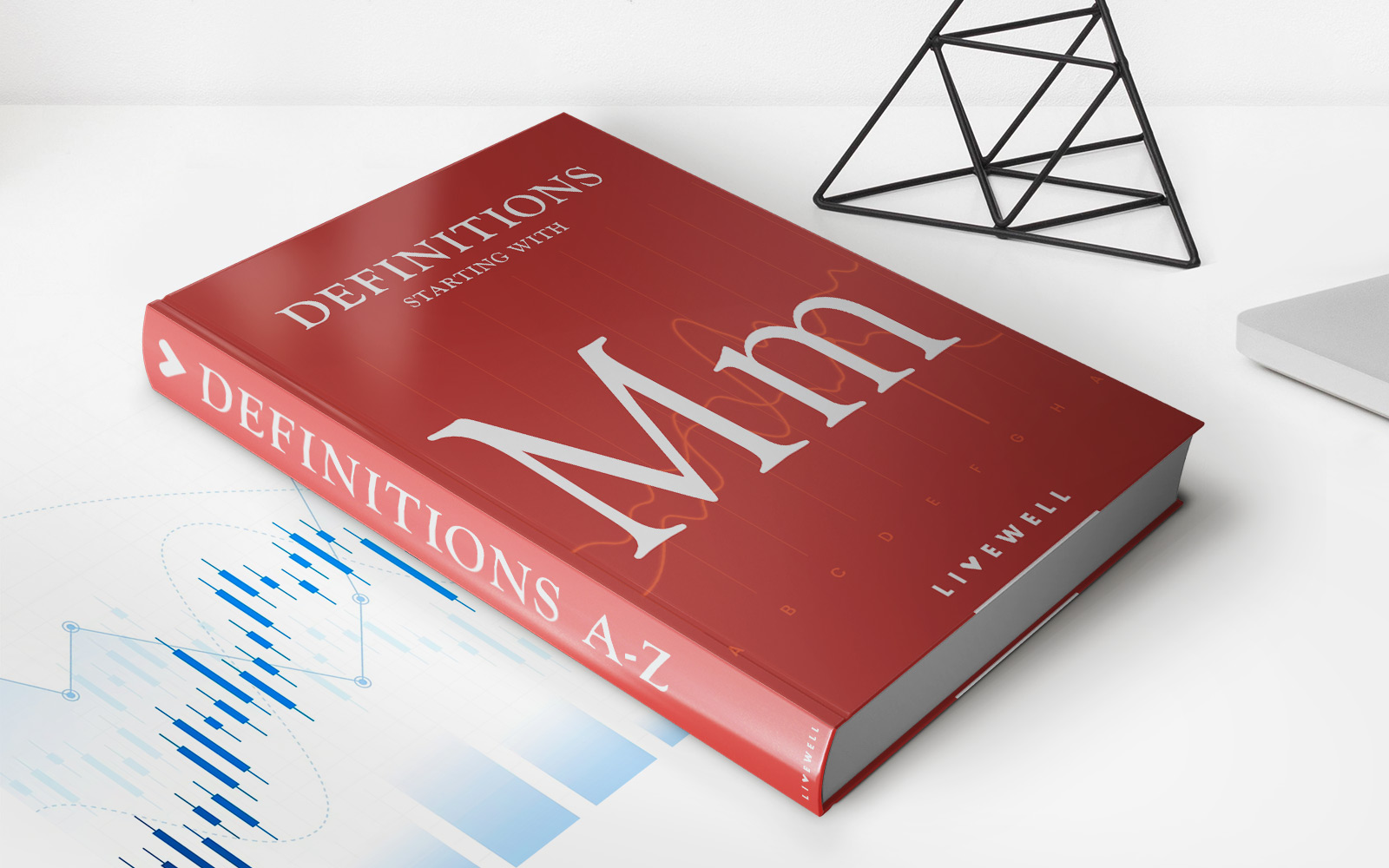

Finance
MOP (Macanese Pataca) Defined
Published: December 26, 2023
Learn all about MOP (Macanese Pataca) and its significance in the world of finance, including its history, value, and current market trends.
(Many of the links in this article redirect to a specific reviewed product. Your purchase of these products through affiliate links helps to generate commission for LiveWell, at no extra cost. Learn more)
MOP (Macanese Pataca) Defined: Everything You Need to Know
Welcome to our “FINANCE” category! Today, we will be diving into the world of currencies and taking a closer look at the Macanese Pataca, also known as MOP. Have you ever wondered what MOP is and how it impacts the financial landscape? Well, you’re in the right place! In this blog post, we will define MOP, explore its history, discuss its importance, and examine its current status in the global market. So, let’s get started!
Key Takeaways:
- The Macanese Pataca (MOP) is the official currency of Macau, a special administrative region of China.
- MOP is pegged to the Hong Kong dollar (HKD) at a fixed exchange rate, ensuring stability in the monetary system.
Let’s begin by understanding what the Macanese Pataca (MOP) actually is. MOP is the official currency of Macau, a vibrant city known for its bustling casinos and tourist attractions. Macau, also referred to as the “Las Vegas of Asia,” relies heavily on its tourism industry, making the Macanese Pataca a vital component of its economic framework.
Here are a few important points to keep in mind about MOP:
- History: The Macanese Pataca was first introduced in 1901 during the Portuguese colonial era. It replaced the Portuguese real as the official currency after Macau became a Portuguese colony.
- Pegged Exchange Rate: MOP is currently pegged to the Hong Kong dollar (HKD) at a fixed exchange rate of 1 MOP to 1.03 HKD. This pegging mechanism helps maintain stability in the monetary system and facilitates trade and financial transactions between Macau and Hong Kong.
- Currency Symbol: The Macanese Pataca is denoted by the symbol “MOP$,” distinguishing it from other currency symbols.
- Subdivisions: MOP is divided into 100 avo, equivalent to cents in other currencies. However, avos are no longer commonly used in everyday transactions.
- Legal Tender: The Macanese Pataca is the only legal tender in Macau, and all transactions within the region must be conducted using MOP.
Now that we have a good understanding of what MOP is, let’s take a moment to discuss why it is important. As mentioned earlier, Macau heavily relies on its thriving tourism and gambling industries. The stability of the Macanese Pataca, maintained through its pegging to the Hong Kong dollar, ensures that businesses can operate smoothly and international visitors have a seamless experience in terms of currency exchange.
Furthermore, the stability of MOP also influences trade and commerce between Macau and other countries. Investors and businesses can trust that their financial transactions will not be subject to drastic fluctuations in value, which provides a favorable environment for economic growth and encourages foreign investments.
Currently, the Macanese Pataca maintains its value against the Hong Kong dollar, but it may be subject to changes in the future as global economic conditions evolve.
In conclusion, the Macanese Pataca (MOP) is the official currency of Macau, a special administrative region of China. It plays a crucial role in fostering economic stability, facilitating trade, and supporting Macau’s bustling tourism industry. Understanding the basics of MOP can be valuable for individuals looking to visit or invest in Macau, as well as anyone interested in global financial systems.
We hope you found this introduction to MOP informative and gained a better understanding of the Macanese Pataca’s significance in the financial world. Stay tuned for more exciting topics in our “FINANCE” category!
